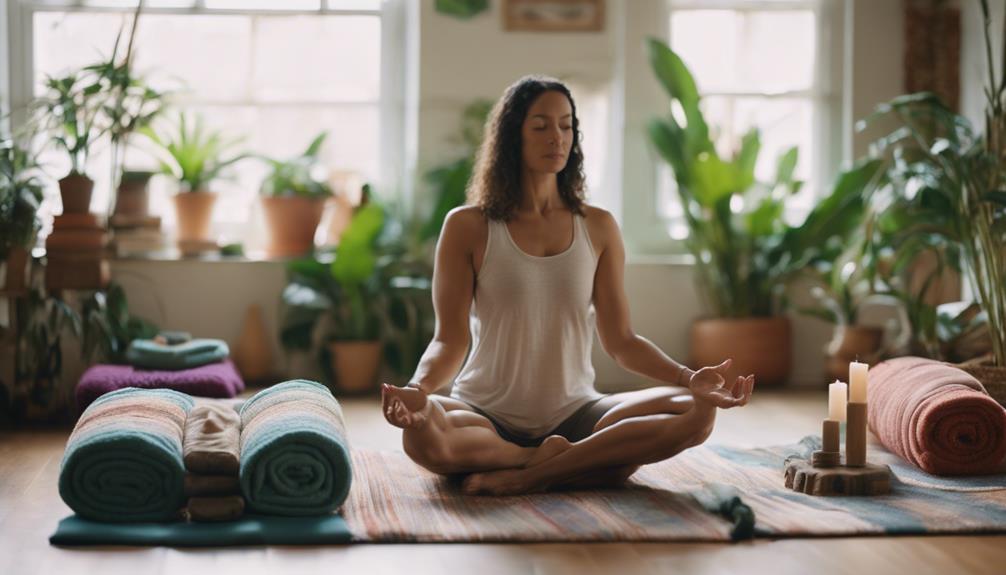Does yoga lower blood pressure? This question has intrigued health enthusiasts for years, as many seek natural ways to maintain optimal health. With a rise in the popularity of yoga, numerous studies have been conducted to explore its effects on various health conditions, including hypertension. In this article, we will delve into how yoga can help manage blood pressure levels, enhancing overall wellness through breath, movement, and mindfulness.
Can Yoga Help You Breathe Easier and Lower Blood Pressure?
Yoga offers a unique blend of physical movement and meditative practices designed to enhance both mental and physical health. One of the key components of yoga is its emphasis on controlled breathing techniques, known as pranayama. These breathing exercises encourage relaxation, reduce stress, and foster a sense of calm, all of which contribute to lowering blood pressure. When the body is in a relaxed state, the heart rate decreases, and blood vessels can dilate, helping to promote better circulation.
Moreover, various studies have indicated that regular yoga practice can lead to meaningful reductions in systolic and diastolic blood pressure. For example, a 2013 meta-analysis found that individuals who practiced yoga consistently experienced significant decreases in both measures over time. This suggests that incorporating yoga into your routine may be a simple yet effective strategy for managing blood pressure levels, especially for those looking for alternatives to medication.
Additionally, yoga fosters mindfulness, allowing practitioners to develop a greater awareness of their bodies and stress levels. This heightened awareness can lead to healthier lifestyle choices, such as improved diet and regular exercise. Overall, the combination of physical activity, mindful breathing, and stress reduction makes yoga a powerful ally in the fight against high blood pressure.
Stretch, Breathe, Smile: Unraveling Yoga’s Pressure Relief Magic!
In the world of yoga, the practice doesn’t just involve poses; it encompasses a holistic approach to well-being. Poses such as Child’s Pose and Legs-Up-the-Wall promote relaxation and help relieve tension in the body. As tension melts away, the heart can function more efficiently, which can contribute to lower blood pressure levels. Regularly practicing these poses can also enhance flexibility and strength, further promoting overall cardiovascular health.
Another essential element of yoga is meditation, which encourages practitioners to focus inward and cultivate a sense of peace. Research has shown that meditation can lower cortisol levels, the stress hormone that can contribute to increased blood pressure. By integrating meditation into your yoga practice, you can enhance its blood pressure-lowering effects while also improving your mental clarity and emotional stability.
Finally, the social aspect of participating in yoga classes can foster a supportive community, which is beneficial for overall mental health. Connecting with others who share similar health goals can be motivating and provide additional accountability. Whether you’re in a group class or practicing alone, the impact of community and shared experience can enhance your commitment to reducing blood pressure through the holistic practice of yoga.
In conclusion, does yoga lower blood pressure? The answer is a resounding yes! By combining mindful breathing, physical movement, and meditative practices, yoga serves as a delightful and effective tool for managing blood pressure levels. Embracing the joy of yoga not only provides physical benefits but also enriches your mental and emotional well-being. So, roll out your mat, take a deep breath, and embark on your journey toward a calmer, healthier heart!
